The late 1940s and early 1950s were a period of transition for the American automotive industry. You see, GIs that served in WW II in Europe became accustomed to sports cars like the MG T Series, the Alfa Romeo 6C Spider, and Jaguar XK120. As fate would have it, Harley Earl was a great admirer of European sports cars, especially the Jaguar XK120.
The man who headed the General Motors Art and Color Studio is the man we have to thank for the Corvette. Internally known as “Project Opel,” the ‘Vette is the labor of love of Harley Earl. What started life as an experiment and a not-so-sporty cruiser morphed into the brutal sportster we all know and love today.
Over the course of no less than 63 years, there have been numerous great Corvettes. However, some of them are not worthy of praise. Here are the ones to admire and the ones to develop an aversion to.
The Greatest1957 Corvette (C1) with Fuel Injection
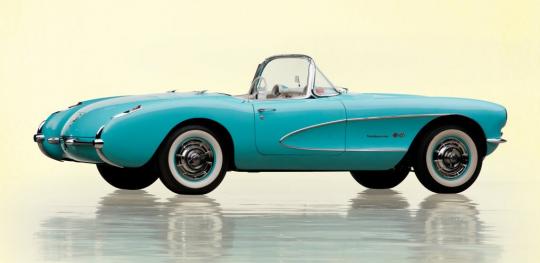
Also known as the solid-axle generation, the first Corvette was nothing more than a rush job. It pains my heart to say it, but that’s what it is. Beyond the incredibly sexy body shell and the seductive cabin, the C1 had its drawbacks.
Before the 1958 model year introduced the quad-headlight front fascia and fake louvers, the 1957 Corvette perfected the breed by upping the V8’s displacement from 265 to 283 cu. in. (4.3 liters) and introducing an optional 4-speed stick shift. Be that as it may, the most important improvement was to be found under the hood.
The 1957 Corvette introduced constant flow fuel injection, a technology that upped output to 290 HP (gross). Despite the gain in get-up-and-go, Chevrolet marketed the 283 small-block V8 at 283 horsepower because one horsepower per cubic inch has a better ring than 1.0247349823 horsepower per cubic inch.1967 Corvette (C2) L88
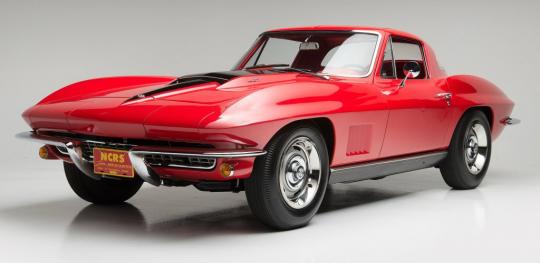
Ah, the Sting Ray! Undoubtedly the most adorable Corvette there’s ever been, the second generation features one of the most lustworthy body shells in American automotive history. And the greatest C2 of all is the 1967 model year with the L88 V8.
The thumping great L88 displaces 427 cubic inches or 7 liters and produces a whopping 430 horsepower according to the brochure. However, the true output is rumored to be as high as 560 horsepower, partly thanks to the fact that this big-block engine drinks 103-octane gasoline instead of regular jungle juice.
Other than the seriously muscular engine, the Corvette L88 boasts a great hood bulge, five-louver fenders, a proper parking brake instead of a pull-out handle, heavy-duty suspension, power brakes, and transistorized ignition. The retail price for all this? $4,240 in 1966 or approximately $31,165 in today’s money.1970 Corvette (C3) LT-1
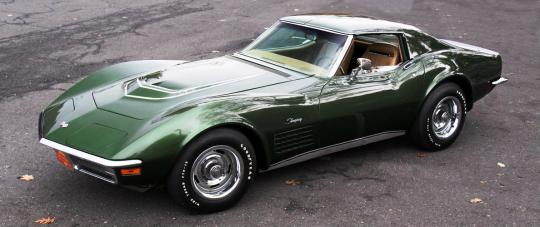
After Alan Shepard had shown up to space training driving a C1 Corvette, General Motors handed over the keys to a 1962 model year as a thanks to his bravery in the Mercury-Redstone 3 mission. Also known as Freedom 7, this errand is remembered for being the first human spaceflight in Unites States history.
By 1969, young guns Alan Bean, Charles Conrad, and Dick Gordon bought 427 cu. in. Sting Rays with a gold-on-black color scheme because astronauts are cool like that. Beyond the cool factor breathed into the C3 by the brave men who have ridden into space, the foremost of the C3 genre is the one called the LT-1.
The most powerful version of the LT-1 small-block V8 churns out 370 ponies, a lot for only 5.7 liters of displacement. Bits and bobs such as the high-lift camshaft, 11:1 compression ratio, and forged steel crankshaft made the solid lifter motor an instant hit with the go-faster crowd. As per Motor Trend, the LT-1 can cover a quarter of a mile in 14.36 seconds at 101.69 mph (163.6 km/h).1990 Corvette (C4) ZR-1
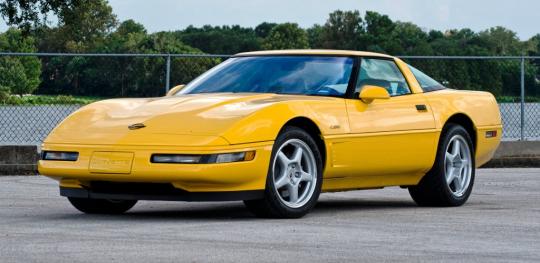
The ZR-1 is one of the most, if not the most legendary Corvette model of recent years. What? 1990 is still 10 years ago for me. Jokes aside, the most extreme take on the fourth-generation Corvette is animated by a properly impressive V8.
Dubbed the LT5, this small-block V8 prides itself on four overhead camshafts, 32 valves, and a special air management system. The engine wasn’t the only ace up the ZR-1’s sleeve, though. To break three world endurance records as the ZR-1 did in 1991 in Fort Stockton, you need more than out-and-out muscle.
The other feature that defines the “King of the Hill” is its standard FX3 suspension. And yes, FX3 is the fancy way of saying adjustable active ride control. The downside to the ZR-1 was, of course, its price. For the 1990 model year, Chevrolet asked $58,995 for the Corvette ZR-1. That’s nigh $110,000 adjusted for inflation, which is a Brobdingnagian amount of money.2015 Corvette (C7) Z06 with the Z07 Performance Package
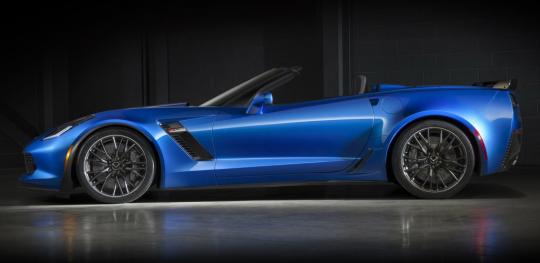
For a more sensible price, you can enjoy the most get-up-and-go a Corvette has to offer by acquiring the current Corvette in Z06 form with Z07 Performance flavor. Excluding the destination freight charge, you can enjoy the crème de la crème in exchange for $79,400 plus $7,995. It’s definitely worth it, though.
The heart of the beast is an LT4 that develops 650 HP and a Dodge Challenger SRT Hellcat-rivaling 650 lb-ft (881 Nm) of torque. With the addition of carbon-ceramic brakes, adjustable aero bits, and Michelin Pilot Sport Cup tires courtesy of the Z07 Performance Package, the Z06 becomes as wild as Corvettes get.
All said, the Corvette Z06 with the Z07 Package lives up to its sports-car-with-supercar-performance promise. The downside of all this extravagance? It’s the type of car that will get you in trouble. Oh, and another thing: it’s a cop magnet.
The Most Awful1953 Corvette (C1)
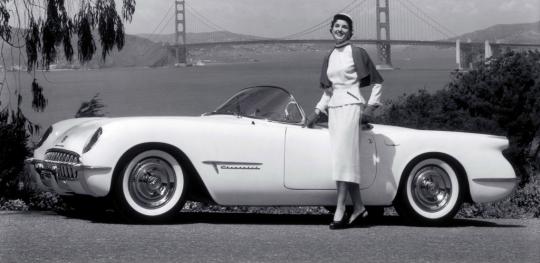
The 1953 model year Corvette had the bite-the-back-of-your-hand beautiful rocket taillights. You know what else the ’53 had? Two stainless-steel exhaust pipes protruding inboard of the ‘Vette’s rear fenders, a catastrophic design flaw.
Because of the short length of the outlets, the ’53 has a habit of staining the paint like a baby soils its diaper. Thankfully, though, the ’54 changed for the better with longer pipes that were located below the Corvette’s body shell.
Cheapjack exhaust outlets and underpowered Blue Flame inline-six engine aside, another feature of the 1953 Corvette that grinds my gears comes in the “clip in” side curtains. What was the matter with roll-up windows, Chevrolet?1975 Corvette (C3) with the Base Engine
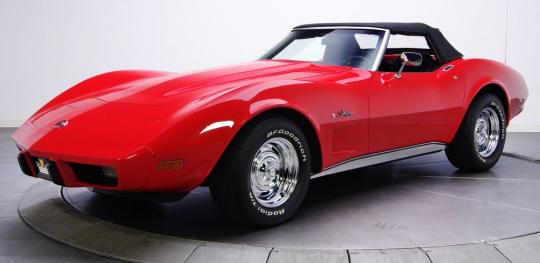
Even though I have a soft spot for the third-generation Corvette, I acknowledge the fact that this baby suffered a lot due to the advent of the Malaise Era. The 1975 model year with the entry-level engine is a perfect (as in worst) example.
Chevrolet tried to hide the lack of performance with a line that reads “a more efficient Corvette,” but whom were they kidding? The catalytic converter sucked so much of the engine’s energy that the base 1975er produced a mere 165 HP.
The remaining optional engine (the L-82) wasn’t that powerful either. From 5.7 liters, Chevrolet could extract only 205 HP. 1975 was also the last year for the C3 Convertible, a move that made lots of people fall out of love with the Corvette.1980 Corvette (C3) Sold in California
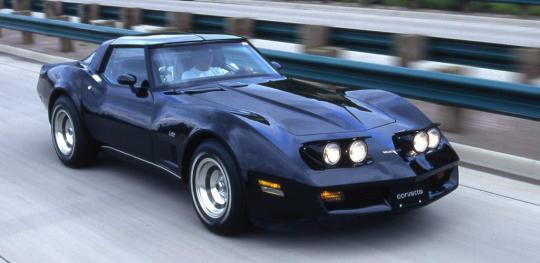
In 1980, the golden bowtie restyled the front and rear bumpers of the Corvette to reduce drag and increase the air flow to the radiator. In the last year for the L-82 V8, Chevrolet made things worse for customers living in California. Much worse.
Due to the emission considerations of the Golden State, Chevrolet installed a 305 cubic inch (5.0-liter) V8 under the hood of the Corvette. I don't know how to soften the blow, so here's Johnny: this thing churned out 180 horsepower. By comparison, the L-48 350 cubic inch (5.7-liter) that was standard in all other states was rated at 190 HP.
The most offensive thing about the California-only model was that buyers were credited $50 as consolation for the ordeal. Despite the free cash, emissions certification was priced at $250. Are you kidding me? Ridiculous is a euphemism on this occasion.1984 Corvette (C4)
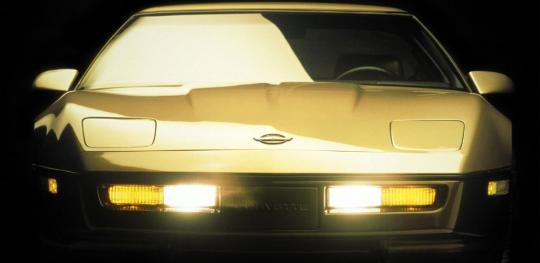
When the C4 started production in 1983 for the 1984 model year, the convertible body style had returned, as did the higher performing engines. The rear bumper’s change from concave to convex also paid dividend as far as styling is concerned.
Despite the all-new chassis and the full targa roof, the C4 Corvette wasn’t a commercial success. Those who knew better criticized the Cross-Fire Injection engine that churned out 205 horsepower in an era when the Porsche 911 3.2 outgunned the Corvette with two more horsepower from an air-cooled flat-six.
Without regard to the lusterless engine, automotive journalists and customers alike criticized the crudeness of the Dough Nash 4+3 manual transmission and the harshness of the suspension. Mercifully, Chevrolet washed the sins of the fourth-generation Corvette away with the arrival of the hot-blooded ZR-1 in 1990.Customized Corvettes
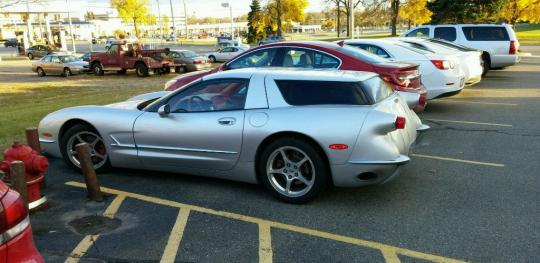
Dear Corvette owners, mods such as a stroker engine, de-catted exhaust, forced induction, better brakes, and so forth are improvements. Modifying your car to look as if it’s been crashed or puked upon or both is not. This is the main reason why we correlate the Corvette with men going through midlife crisis and hillbillies.
I am a fan of custom culture, but donking a Corvette to Conestoga wagon levels or painting a Corvette to resemble Iron Man’s armor makes the Infiniti QX80 look like a Brazilian fashion model. Tuning a Corvette is bad and foolhardy, full stop.
There’s an old saying that goes like this: “A fool and his money are soon parted.” Instead of ending up with an oversprayed mess or a widebody kit installed with wood screws and bondo, please leave the Corvettes alone and pour your hard-earned cash into a good set of tires and maintenance. Your Corvette will appreciate it.








